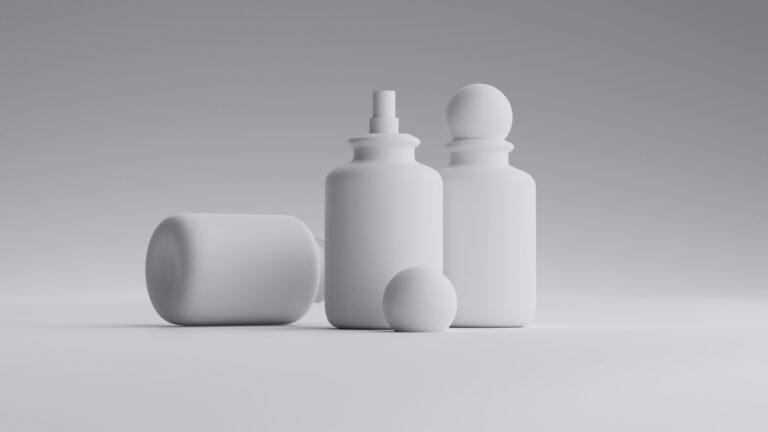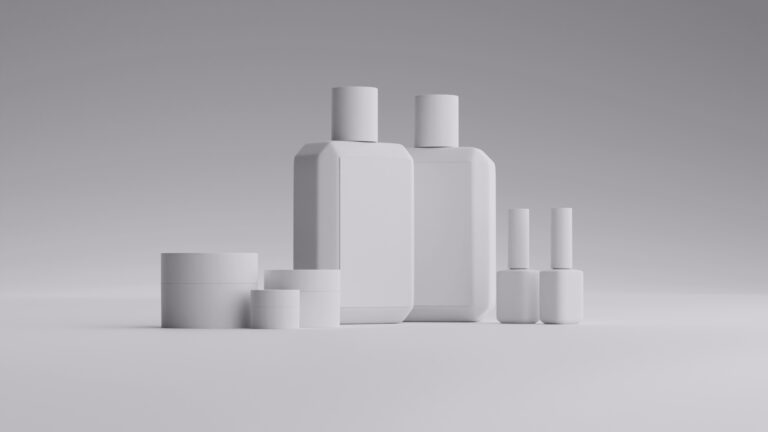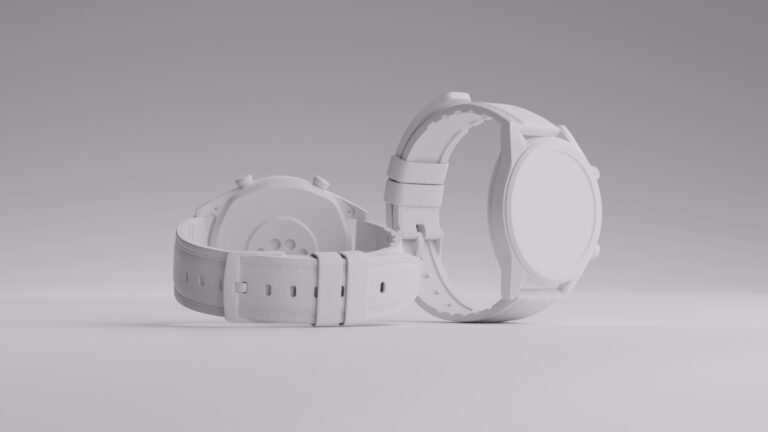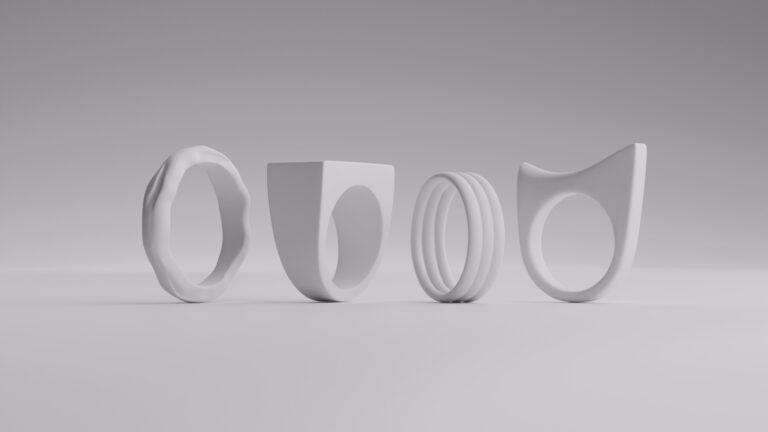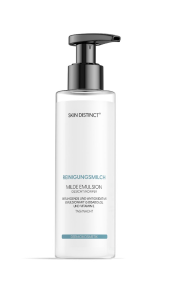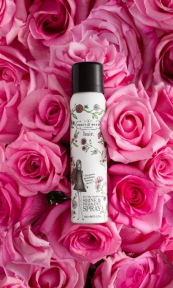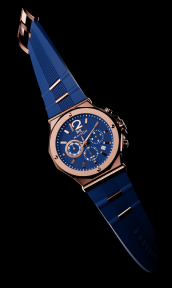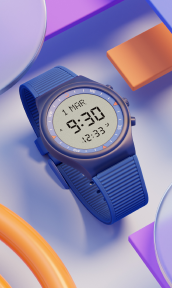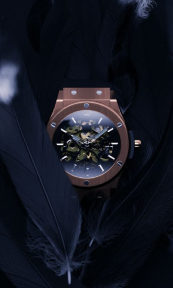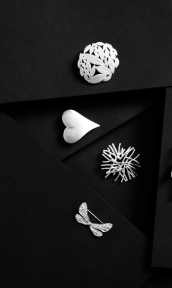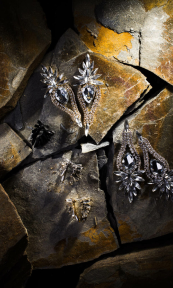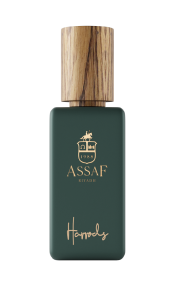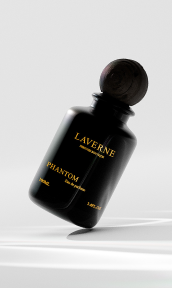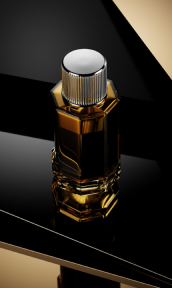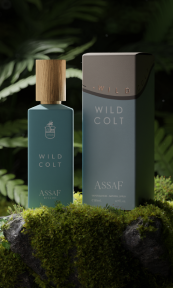Product photography plays a crucial role in capturing the essence and allure of spices, transforming these aromatic ingredients into visually compelling products that attract potential buyers. The art of photographing spices requires careful attention to detail, from highlighting their vibrant colors to showcasing their unique textures and forms.
In this comprehensive guide, we’ll explore creative approaches to spice photography that can elevate your e-commerce presence and create stunning visual narratives. These techniques empower photographers, business owners, and creative enthusiasts alike to capture the rich character of spices while maintaining their commercial appeal.
Essential techniques for spice photography

The foundation of exceptional spice photography lies in understanding how to capture these products’ intrinsic beauty. Proper lighting and composition techniques can transform simple spices into captivating visual stories that resonate with viewers on both emotional and commercial levels.
Natural lighting often provides the most authentic representation of spice colors and textures. Many professional photographers prefer shooting near large windows during midday, when soft, diffused light creates gentle shadows that enhance the product’s natural features. For example, northern-facing windows produce consistent, even lighting that highlight the rich red tones of paprika without harsh shadows. Advanced photographers often combine natural light with subtle artificial fill lights to maintain detail in shadow areas.
The choice of background significantly impacts the final image’s mood and commercial effectiveness. Rustic wooden surfaces or neutral-toned backgrounds help spices stand out while adding context and authenticity to the composition. Studies in visual merchandising have shown that contextual backgrounds can increase product appeal by up to 40%. Textured surfaces like slate, marble, or aged wood not only provide visual interest but also help establish the premium nature of spice products.
Creating depth through careful arrangement adds dimension to your photographs. Experimenting with different heights and layers, such as placing whole spices in front of ground versions, draws viewers into the image. This technique has proven particularly effective in e-commerce settings, where multiple angles help customers better understand the product. Professional food stylists often recommend creating triangular compositions that guide the viewer’s eye through the frame while maintaining visual balance.
Setting the scene

The environment surrounding your spice products can dramatically influence their perceived value and appeal. Creating an engaging setting helps tell a compelling story about your products while establishing a strong emotional connection with potential buyers.
Props play a vital role in establishing context and scale. Traditional spice-related items like mortar and pestles, wooden spoons, or vintage measuring scales add authenticity while helping viewers envision how they might use the products. Professional food photographers often incorporate fresh herbs or whole spice elements to create a connection between raw ingredients and finished products. The careful selection of props can also help communicate brand values, whether emphasizing tradition, modernity, or cultural authenticity.
Color harmony between props and spices requires careful consideration. Complementary colors can make your products pop, while analogous color schemes create a sophisticated, cohesive look. When photographing saffron, for instance, photographers often use deep blue or purple props to create striking contrast with the spice’s golden hues. Understanding color theory helps create visually appealing compositions that attract attention while maintaining professional polish.
Environmental storytelling through careful prop selection and arrangement helps build emotional connections with viewers. Including lifestyle elements like recipe cards, cooking utensils, or finished dishes provides context and inspiration, making the products more relatable and desirable to potential customers. Market research shows that lifestyle-oriented product photography can increase conversion rates by up to 30% compared to isolated product shots. After all, most people buy spices to use them in the kitchen – they want to see them doing their job!
Capturing close-up drama

Macro photography opens up a fascinating world of possibilities in spice photography, revealing intricate details and textures that tell a compelling story about product quality. This technique requires specialized equipment and careful attention to technical details, but the results can be truly spectacular.
The right macro lens choice significantly impacts image quality and working distance. Professional photographers typically prefer lenses in the 90-105mm range, which provide ideal working distance while maintaining excellent detail resolution. Recent advancements in focus stacking technology allow for unprecedented depth of field control, ensuring every grain and texture is captured with crystal clarity.
Proper lighting becomes even more critical at macro distances. Many photographers employ specialized ring lights or dual-point lighting systems to illuminate minute details without creating unwanted shadows. The angle of light can dramatically affect how texture is rendered – side lighting often reveals surface details that might be lost with front lighting.
Technical precision in macro photography requires careful attention to camera settings. Working with narrow apertures like f/16 helps maintain adequate depth of field, while careful focus adjustment ensures the most important elements remain sharp. Professional photographers often combine multiple exposures to achieve optimal results, particularly when dealing with challenging subjects like glossy peppercorns or crystalline salt.
Reimagining spice photography with CGI

The evolution of computer-generated imagery has revolutionized product photography, offering unprecedented creative control and efficiency in spice visualization. This innovative approach addresses many traditional photography challenges while opening new possibilities for creative expression.
CGI enables perfect consistency across product lines, eliminating variables like lighting fluctuations or prop availability. Digital artists can create identical lighting conditions and compositions for entire spice collections, ensuring brand coherence while reducing production time. A recent case study showed that CGI reduced production time for a 50-product spice lineup by 60% compared to traditional photography.
The ability to manipulate every aspect of the image digitally provides unlimited creative freedom. Unlike traditional photography, where physical constraints might limit certain angles or effects, CGI allows for impossible camera positions, perfect particle distribution, and ideal texture representation. Digital artists can create striking visuals of spice clouds, floating ingredients, or cross-sections that would be extremely difficult to capture traditionally.
Cost-effectiveness becomes apparent when considering the elimination of physical props, studio time, and product waste. CGI allows for infinite iterations and adjustments without additional shooting days or material costs, making it an increasingly attractive option for businesses of all sizes. The initial investment in CGI typically pays for itself within the first few large-scale product launches.
Wrapping up
Whether choosing traditional photography or CGI, the key to successful spice product photography lies in understanding your goals and selecting the appropriate techniques to achieve them. Both approaches offer unique advantages, and many successful brands combine both methods to create compelling visual content that drives sales and enhances brand identity.
FAQ
What lighting equipment do I need for spice photography?
A softbox or diffuser for artificial lighting, though natural window light can work excellently for beginners. The key is creating soft, even illumination that highlights texture without harsh shadows.
How can I capture the texture of ground spices effectively?
Use macro photography techniques and side lighting to emphasize texture. A shallow depth of field can help create striking images that showcase the fine details of ground spices.
What’s the best background for spice photography?
Dark, matte surfaces work well for colorful spices, while lighter backgrounds suit darker spices. Consider your brand identity and target audience when selecting background materials and colors.
Is CGI more expensive than traditional photography?
While initial setup costs might be higher, CGI often proves more cost-effective in the long run, especially for larger product lines requiring consistent imagery and frequent updates.
How can I make my spice photos stand out on e-commerce platforms?
Focus on high-quality, well-lit images that show the product from multiple angles. Include lifestyle shots and detailed close-ups to give customers a complete understanding of the product.




